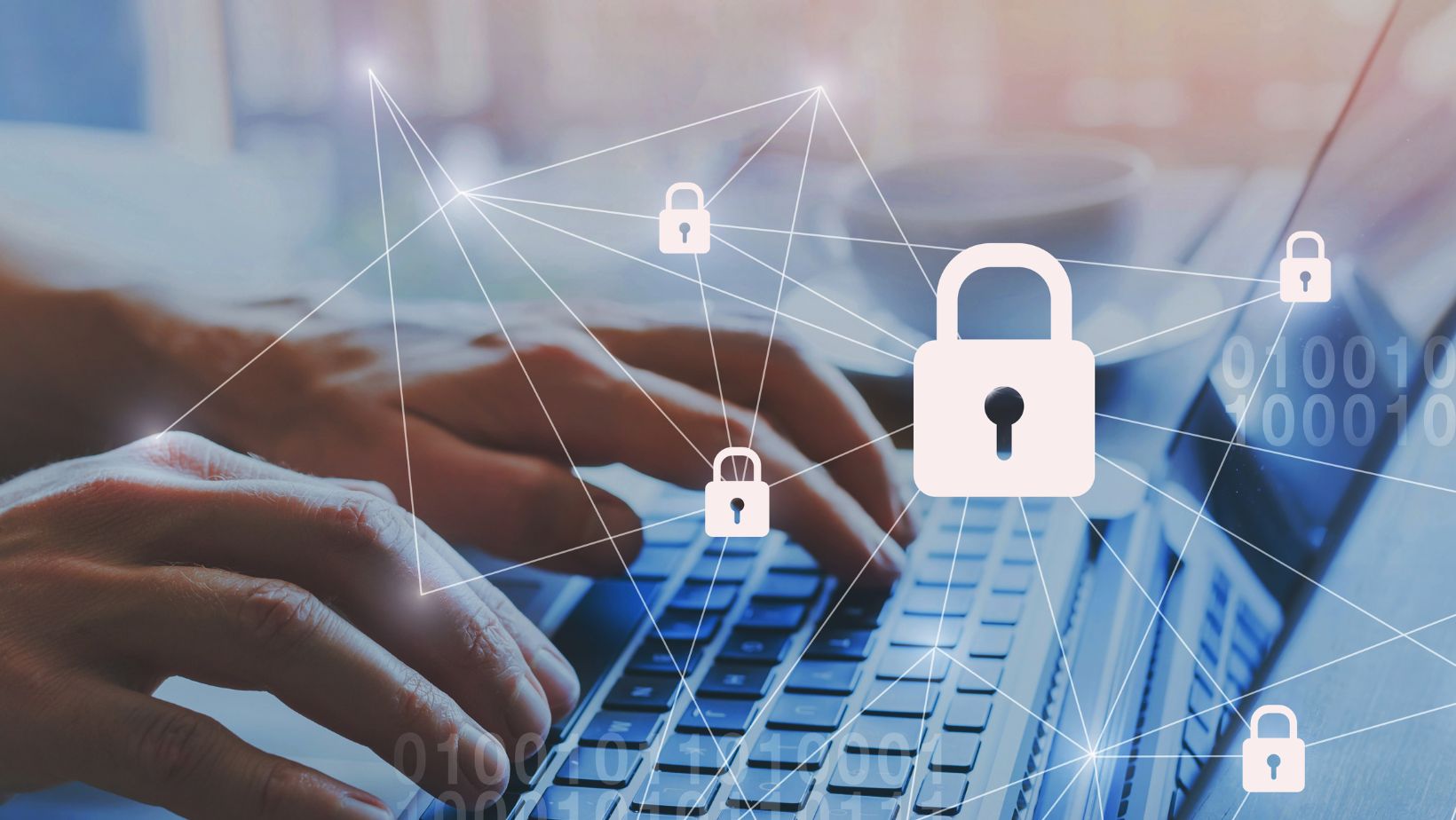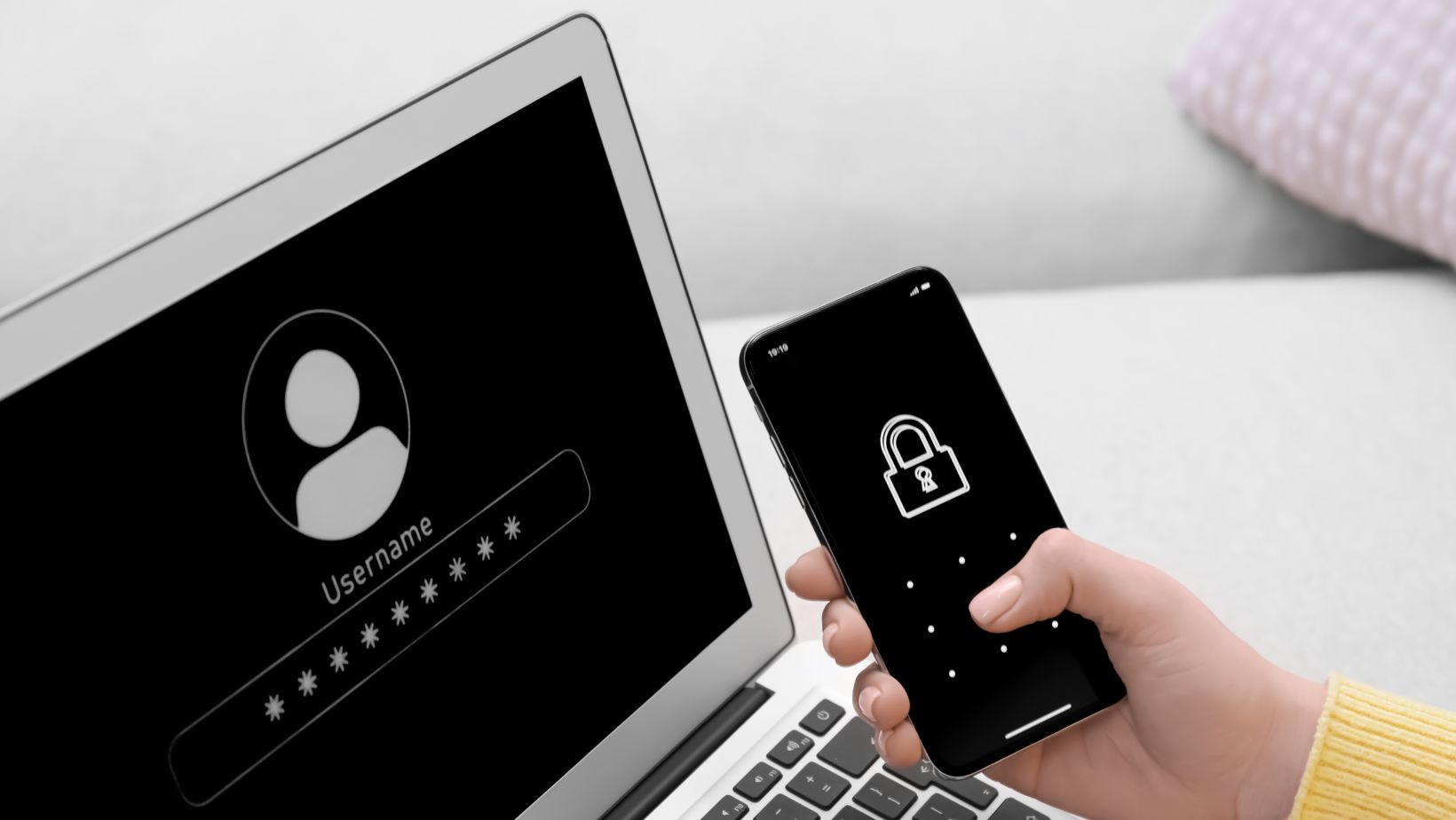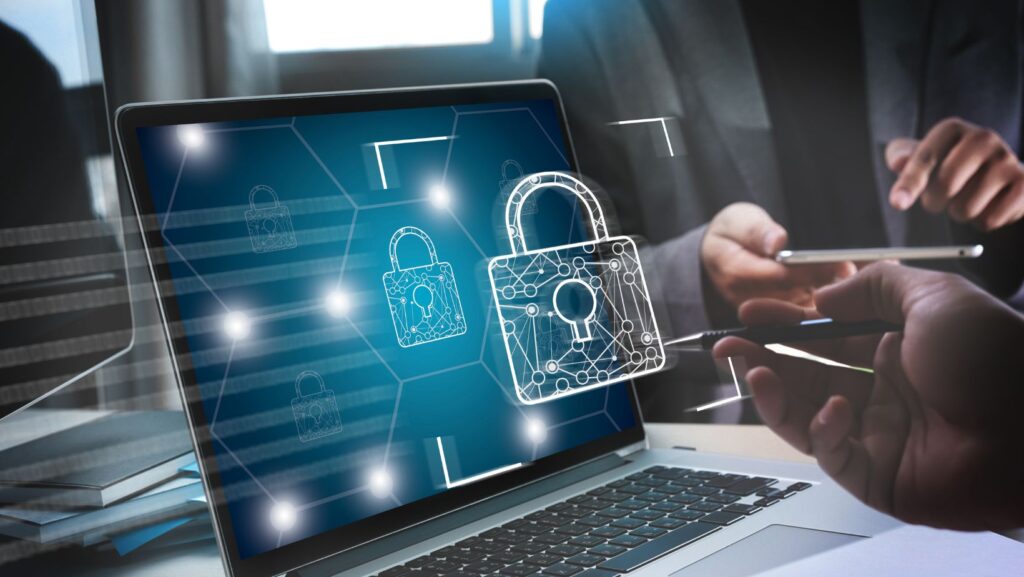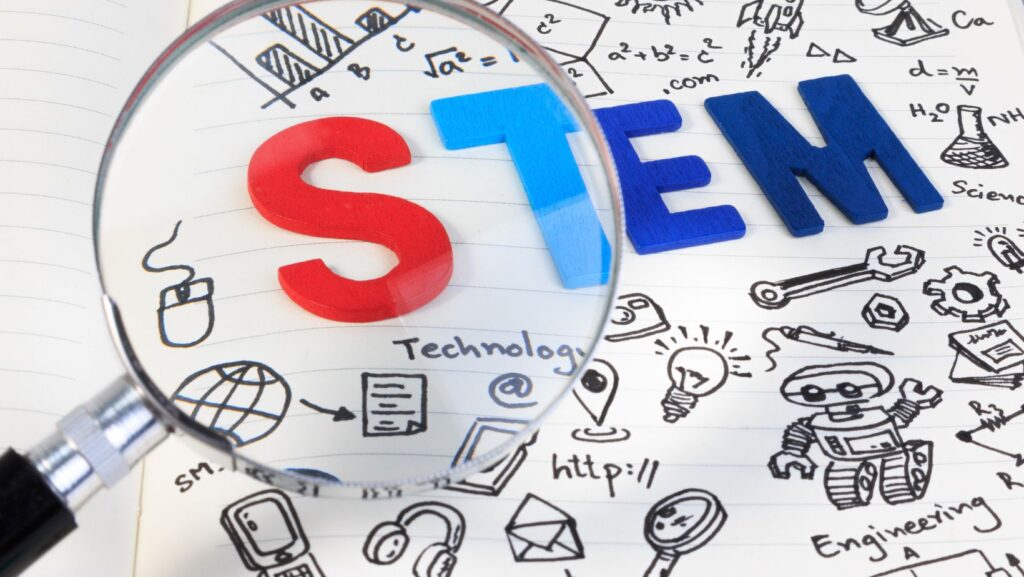Security is evolving, and technology plays a major role in shaping how guards perform their duties. If you’re in the security industry, staying ahead means understanding how advancements in surveillance, automation, and digital tools can support and strengthen traditional security practices.
Whether starting with a level 1 security license or managing a team of guards, integrating technology can improve your effectiveness and provide stronger protection.
The Role of Smart Surveillance in Modern Security
Gone are the days when security guards relied solely on physical patrols and simple monitoring. Today, smart surveillance technology helps increase coverage and provides real-time updates. Whether it’s for corporate settings or high-profile individuals, working with a top-rated executive protection agency ensures that these advanced systems are paired with experienced professionals for maximum security.
Cameras equipped with AI-powered analytics can detect unusual behavior, recognize faces, and even send instant alerts when threats arise.
If you hold a level 1 security license, you might already be familiar with using surveillance equipment. However, modern security demands more than just watching camera feeds.
Remote access to live video, motion-activated alerts, and cloud storage make reviewing footage easier and acting quickly when needed. Integrating these tools into your security routine can strengthen your overall approach and allow for quicker response times.
The Power of AI and Automated Threat Detection
Artificial intelligence is changing how security threats are identified and managed. AI-driven systems can analyze large amounts of data faster than any human, spotting patterns that could indicate suspicious activity.
This means that security guards no longer need to rely solely on instinct or manual monitoring.
For those with a level 1 security license, AI-powered technology provides an extra set of digital eyes, reducing the burden of constant manual surveillance.

Automated systems can notify you of unusual patterns, such as unauthorized access attempts or loitering in restricted areas. This allows you to respond proactively instead of just reacting after an incident occurs.
Mobile Technology and Remote Guarding
Mobile applications have revolutionized how security professionals operate. You don’t need to be confined to a control room to stay updated. With mobile security apps, guards can receive alerts, review live camera feeds, and remotely control access points.
This is particularly useful in large properties where security teams must move between different areas while staying informed.
If you’re working toward or already have a level 1 security license, adopting mobile technology makes your job more flexible and responsive. Instead of relying on radios and written reports, you can use instant messaging, GPS tracking, and cloud-based logging systems to streamline your daily duties.
The ability to report incidents in real time ensures that critical information is shared without delay.
Biometric Access Control and Identity Verification
Traditional keycards and passwords are becoming outdated in high-security environments. Biometric technology, such as fingerprint scanners, facial recognition, and retinal scans, is now being used to verify identities securely.
These advanced systems reduce the risks of unauthorized access by ensuring that only authorized personnel can enter restricted areas.
Combining biometric verification with your level 1 security license responsibilities can enhance overall security if employed in a setting where access control is a priority. Instead of manually checking IDs or monitoring keycard usage, biometric systems provide a seamless and more secure way to control access.

This technology not only prevents fraud but also makes it easier to track who enters and exits a facility.
The Future of Security: Human Guards and Technology Working Together
Technology will never replace security guards, but it will make their roles more effective. The combination of advanced surveillance, AI monitoring, and mobile applications allows security professionals to focus on critical tasks while digital systems handle routine monitoring.
If you are pursuing a level 1 security license, understanding these innovations will help you stay ahead in the industry. Security is no longer just about physical presence—it’s about using the right tools to provide the best protection.
The future of security lies in integrating human expertise with technology to create a safer and more responsive environment.
Conclusion: Preparing for a Tech-Driven Security Industry
Security professionals must adapt to new tools that support their work as technology advances. Adopting modern security technology can make a significant difference, whether you’re just beginning with a level 1 security license or looking to upgrade your approach.
You can strengthen your security efforts and provide better protection by leveraging smart surveillance, AI detection, mobile applications, and biometric verification. The future of security isn’t about replacing guards—it’s about giving them the tools they need to stay one step ahead.




